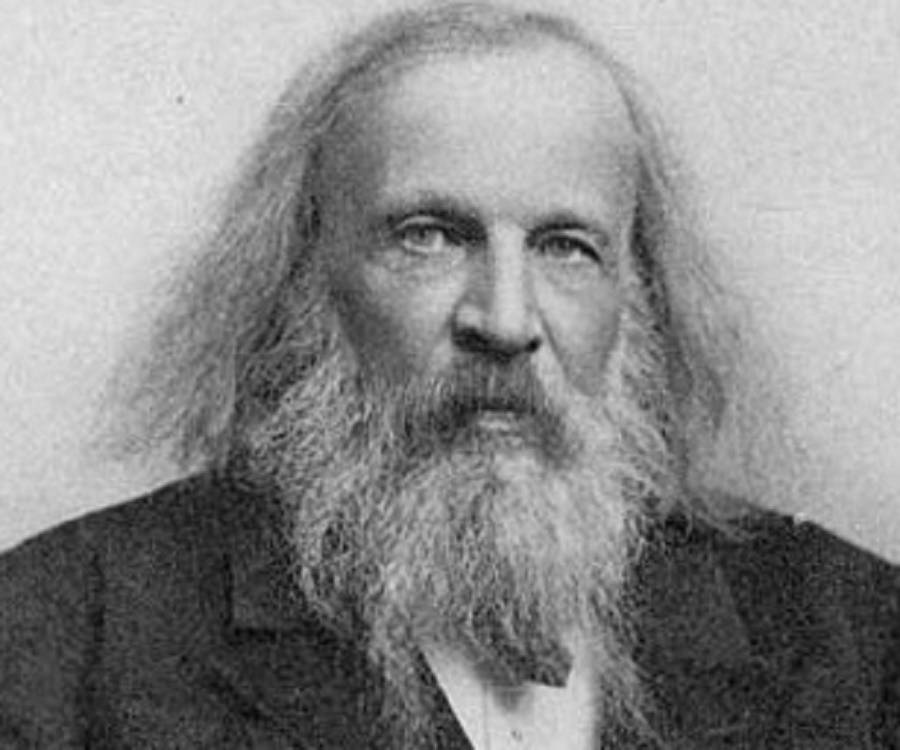Dmitri Mendeleev and The Periodic Table of Elements 9/15/17
Summary:
 |
| Link |
This week in science we learned about Dmitiri Mendeleev (the creator of the periodic table) and the periodic table. We learned that one of the biggest reasons Dmitri Mendeleev made the periodic table was because he wanted to put into a science textbook and by making it into a table it would fit in the textbook. We learned that for the periodic table instead of saying row and column we say period (for row) and family (for column). We also learned about a pattern that the periodic table has which is that with each period there is one more energy level for electrons. Also that elements in the same family have similar chemical reactions. We also learned about what the periodic table consists of and the families within it. The periodic table consists of metalloids, metals, and nonmetals. The families are the Alkali Metals (Family 1), Alkaline Earth Metals (Family 2) Transition Metals (families in the middle), Boron Family (Family 3), Carbon Family (Family 4), Nitrogen Family (Family 5), Oxygen Family (Family 6), Halogens (Family 7), and Noble Gases (Family 8). The last thing we learned is that alloys are not on the periodic table, this is because they are not a true element, they're just two metals mixed together and they are not their own separate thing.
 |
| Link |
S&EP 3-Planning and Carrying out Investigations:
This week I carried out and planned investigations by identifying variables and controls and also by making conclusions based off of certain clues I was given. I identified variables by identifying that each period has the same amount of energy levels and that only a certain number of electrons can fit in each energy level. For example, in the third row each element has 3 energy levels and only 8 electrons for each element are in the second energy level. This is because through my investigation I noticed that these elements just can't hold more than 8 in their energy levels. I made conclusions because we had to do an activity that involved trying to figure out which element a person was talking about through the clues given. I had to investigate then make a conclusion based off of my investigation.
XCC-Systems and System Models
The system I identified is the periodic table. The periodic table is a true gem that is a great way to identify and organize the elements. The periodic table helps you visualize and explain things better by giving you something to refer to but also because the way the periodic table is set up it can help you visualize how certain things react. For example, if you have seen Lithium react to water then you will have a decent idea of how sodium and potassium react to water. This is because the way the periodic table is set up is that elements in a family have similar chemical properties and reactions. The last thing it helps you with is understanding each element's structure because of the periods in the periodic table are organized. This is why the periodic table is such a great system and model.
Comments
Post a Comment